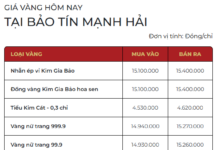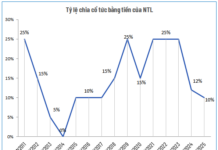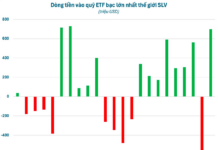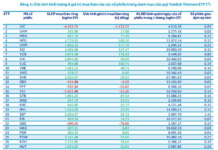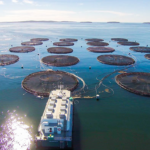According to the Vietnam Association of Seafood Exporters and Producers (VASEP), Vietnam’s tra fish exports reached over $1.6 billion in the first nine months of 2025, marking a nearly 10% increase year-on-year. The resurgence in demand from China, the United States, and several Middle Eastern markets has solidified Vietnam’s tra fish position on the global seafood map.
Notably, Brazil has emerged as one of the fastest-growing single markets for Vietnam’s tra fish exports, ranking only behind the U.S. and China. This presents a promising opportunity for Vietnam to expand its market share.
The fish consumption market in Brazil, Latin America’s largest economy, is experiencing robust growth. This surge is driven by a shift in dietary habits among locals, with more families prioritizing healthy and nutrient-rich seafood options.
Seafood Brasil reports that per capita fish consumption in Brazil reached 12.2 kg in 2024 and is projected to rise to 12.6 kg in 2025. This presents a significant opportunity for Vietnamese fish exporters.
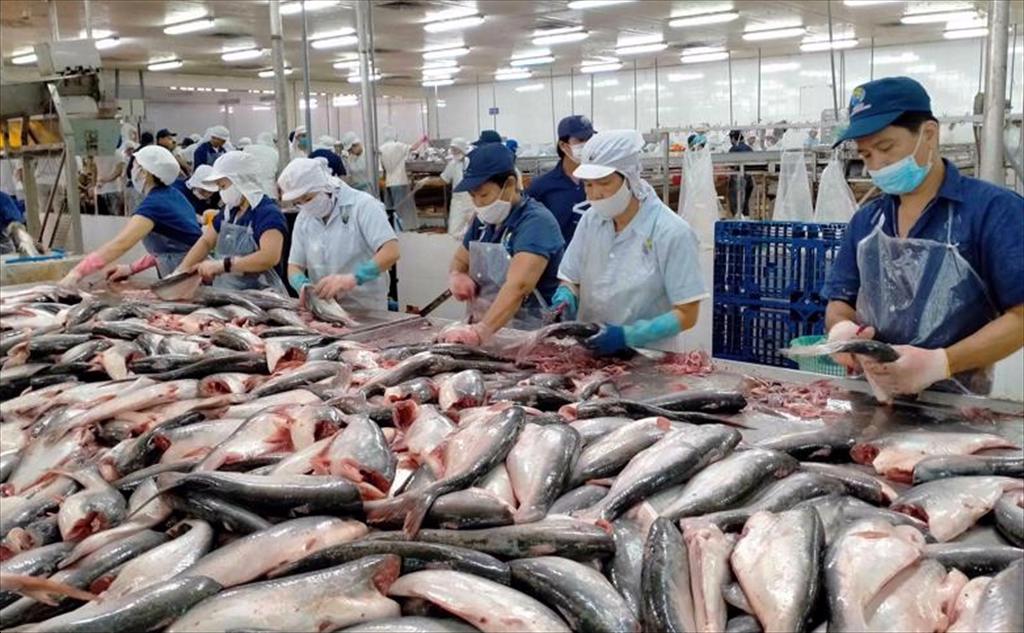
From the beginning of 2025 to September 15, 2025, Vietnam’s cumulative tra fish exports to Brazil reached nearly $122.4 million, a 51% increase compared to the same period in 2024. With this impressive growth, Brazil has become one of the top three destinations for Vietnam’s tra fish exports.
The product structure of tra fish exports to this market remains focused on frozen tra fish fillets, while value-added products such as breaded fish, fish cakes, and fish balls account for a smaller share. Meanwhile, Brazilian consumers are increasingly favoring ready-to-eat, convenient seafood products.
While Brazil offers significant opportunities for Vietnam’s tra fish, the industry faces several challenges.
The vast geographical distance results in higher logistics costs and longer transportation times, significantly reducing the competitiveness of Vietnam’s tra fish products.
Additionally, Brazil enforces stringent standards for quarantine, traceability, and food safety. Vietnamese exporters must not only comply with international standards but also meet Brazil’s specific regulations. This necessitates substantial investment in quality control systems, thorough market research, and the development of flexible, standardized production and export processes to tap into this lucrative market.

Beyond technical barriers, Vietnam’s tra fish industry faces intense competition from tilapia and pollock—two popular products with a strong foothold in the Brazilian market. These competitors not only benefit from lower logistics costs but also boast extensive and stable distribution networks, facilitating easier access to local consumers.
Furthermore, the lack of diversification in value-added products means that Vietnam’s tra fish export value to Brazil has yet to match its potential, despite the market’s rapidly growing demand and its reputation as a “new goldmine” for Vietnamese seafood.
Vietnam’s ‘Golden Mine’ Sparks Global Rush: Surging Past $500 Million in 8 Months, Propelling Nation into World’s Top 5
Thailand is significantly ramping up its imports of this product from Vietnam, with a remarkable growth rate of 248%.








